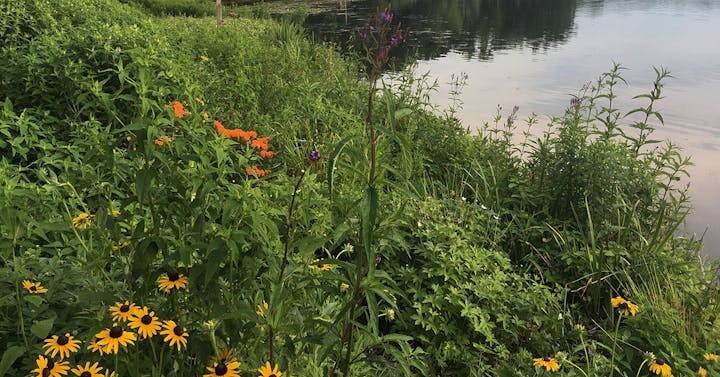Wetland Regulation
Regulatory Authority
Minnesota Statute 103D.201 provides authority to watershed districts to regulate wetlands for preservation and beneficial public use. RPBCWD has a rule that relates to wetlands:
Rule D - Wetland and creek buffersWetland Conservation Act
The purpose of the Wetland Conservation Act (WCA), enacted in 1991, is protect wetlands by achieving no net loss in quality, quantity and biological diversity of existing wetlands in Minnesota. It does this by regulating impacts to wetlands, impacts being the draining, filling, or excavation of a wetland. Those proposing impacts to wetlands must first try and avoid said impacts. If impacts cannot be avoided, they must minimize the impacts. Any impacted wetland area is required by WCA to be replaced by another wetland that at minimum has equal function and value.
Read more about Wetland Conservation Act Statutes
The Board of Water and Soil Resources (BWSR) is in charge of administering WCA at the state and local level. Local government units (LGU) such as cities, watershed districts, soil and water districts, etc. are in charge of implementation of WCA at the local level. LGUs receive, review, and make the approval or denial decisions on WCA applications requesting authorization of an activity in a wetland. Within the RPBCWD, five of the seven cities are the acting WCA LGUs:
- Bloomington
- Chanhassen
- Chaska
- Eden Prairie
- Minnetonka
The RPBCWD is the LGU for those parts of Deephaven and Shorewood that fall within the District's boundaries.
District staff also act as members of the technical evaluation panel (TEP) for the cities reviewing WCA applications. TEP members will also review applications received and noticed by the LGU, and provide comment on delineations, plans and the application as a whole. They will often meet with the LGU to discuss aspects of applications and sometimes even visit sites to review wetland delineations.


